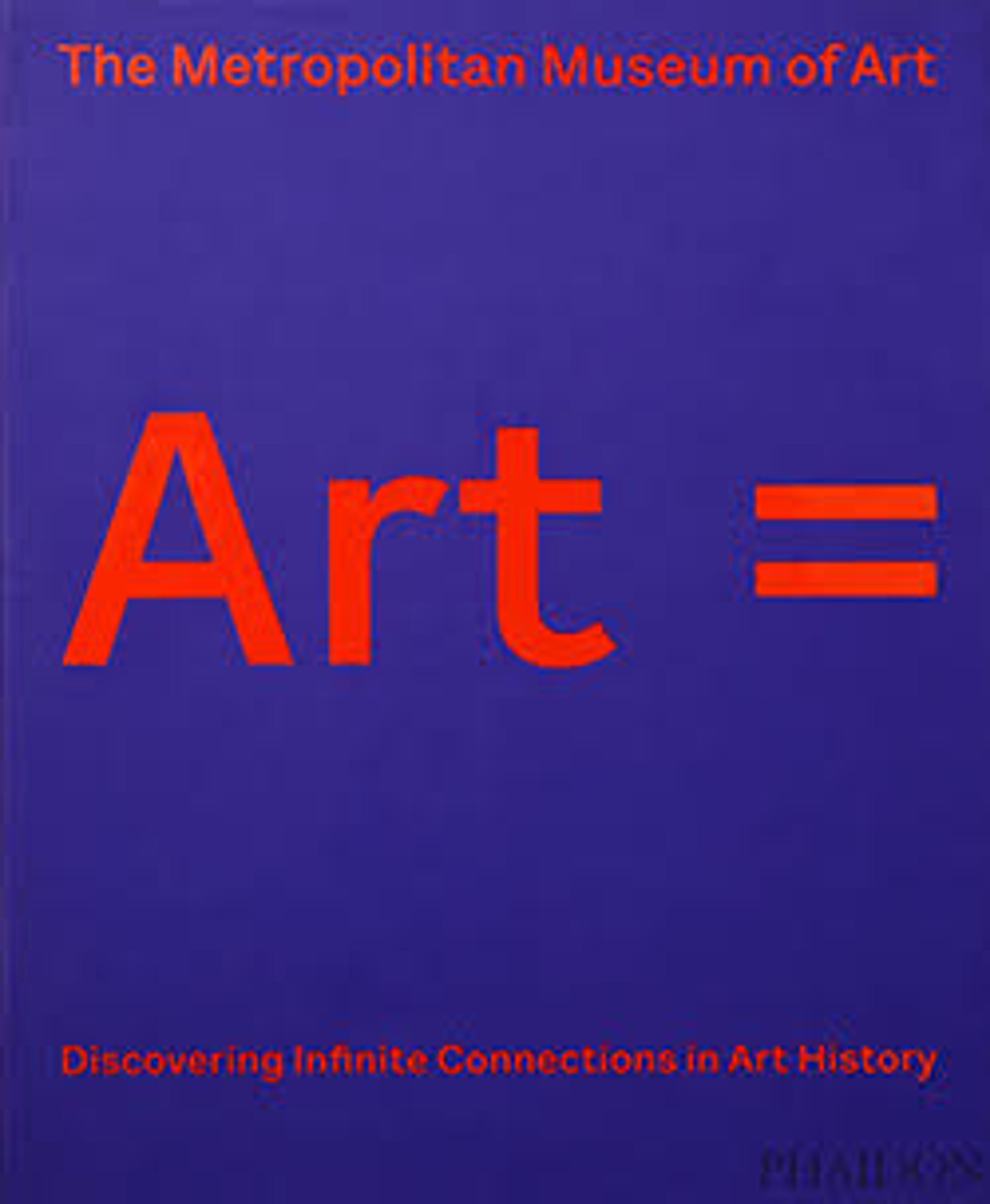Tiraz Textile Fragment
The striped textiles of Yemen were famous throughout the Islamic world. They were made in the resist‑dyed ikat technique to form patterns of arrowheads and diamonds. Inscriptions on Yemeni ikats are often painted, as in this example. Such inscribed textiles were called tiraz, from the Persian word meaning "embroidery." They were produced in tiraz workshops under royal control. Such textiles usually bore inscriptions naming the current ruler or caliph to whom the recipient owed loyalty. Tiraz textiles were presented by rulers as robes of honor at formal ceremonies.
Artwork Details
- Title:Tiraz Textile Fragment
- Date:late 9th–early 10th century
- Geography:Made in Yemen
- Medium:Cotton, ink, and gold; plain weave, resist-dyed (ikat), painted
Inscription: black ink and gold leaf; painted - Dimensions:Textile: L. 23 in. (58.4 cm)
W. 16 in. (40.6 cm)
Mount: L. 27 1/2 in. (69.9 cm)
W. 21 in. (53.3 cm)
D. 7/8 in. (2.2 cm)
Wt. 8 lbs. (3.6 kg) - Classification:Textiles
- Credit Line:Gift of George D. Pratt, 1929
- Object Number:29.179.9
- Curatorial Department: Islamic Art
More Artwork
Research Resources
The Met provides unparalleled resources for research and welcomes an international community of students and scholars. The Met's Open Access API is where creators and researchers can connect to the The Met collection. Open Access data and public domain images are available for unrestricted commercial and noncommercial use without permission or fee.
To request images under copyright and other restrictions, please use this Image Request form.
Feedback
We continue to research and examine historical and cultural context for objects in The Met collection. If you have comments or questions about this object record, please contact us using the form below. The Museum looks forward to receiving your comments.
